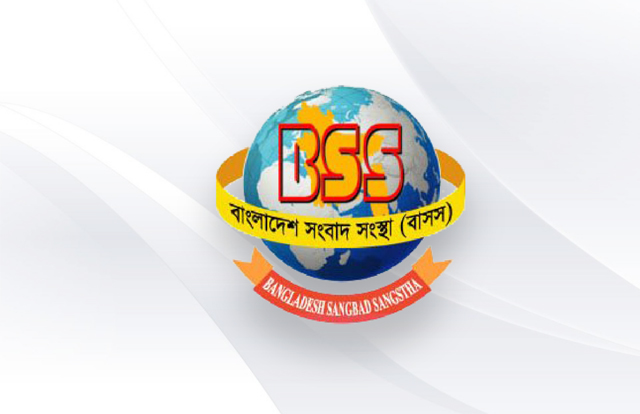
DHAKA, May 31, 2024 (BSS) - As per the health experts, children are the most vulnerable group to infection with leprosy due to their immature immunity and exposure to intrafamilial contacts. The child proportion of cases of leprosy is a strong indicator of continued transmission of disease.
Bangladesh is no exception, and the case of three-year-old Raima would bear out this fact surely. This baby was found suddenly suffering from severe fever in March, last year. After two days she was admitted to Chawkaria upazila health complex in Cox’s Bazar district. After two weeks she was released from the health complex, but immediately after her release Raima was affected by leprosy. Leprosy did not just affect her health, she was also stigmatized.
Such horrific experience of a child underscored the need for giving the top priority to bring down the incidence of leprosy that affects men, women and children.
According to WHO, leprosy, also known as Hansen’s disease, is a chronic infectious disease caused by Mycobacterium leprae that mainly affects skin, peripheral nerves, mucosal surfaces of the upper respiratory tract and the eyes.
A Contact Cohorts Analysis (COCOA) study, conducted in four districts of northwestern Bangladesh, found that leprosy can transmit from an infected person to another who shares the same home albeit to a lesser extent.
The new findings during the ongoing Covid-19 pandemic will help global health experts in fighting to eliminate the disease by coming up with new action plans.
“People who share a home with a person affected by leprosy do have only a low risk of contracting the disease,” said the report that appeared in The Leprosy Mission International (TLMI) website recently.
Dr Cynthia Ruth Butlin of The Leprosy Mission England and Wales led the six-member research team that went through leprosy-related information of over 20 years in Bangladesh.
The report said that members who share the same hole are at higher risk of infection than other members of their community.
As the study provides new knowledge about the disease, TLMI is going to change its course of leprosy disease-related activities in Bangladesh. The practices in the country have already begun to change as MB houses receive regular follow up calls from the case workers.
The regular follow up calls mean that TLMI Bangladesh can diagnose and treat leprosy infected people at an earlier stage than before, which reduces the chances of transmission within a household or community.
According to national leprosy control reports, the region has high leprosy prevalence as it had 4.57/10000 leprosy cases in 1995 and in 2017 it was 0.74/10000.
Health experts said leprosy can be cured now if the affected man or woman takes multi drug therapy following the suggestions of physicians.
Leprosy is an infectious disease that causes severe, disfiguring skin sores and nerve damage in the arms, legs, and skin areas around the body, they said.
They emphasized on creating much awareness among the people and building social movement without delay in a bid to build a leprosy free healthy nation in the days ahead.
TLMI report shows that a leprosy infected person, undergoing Multi Drug Therapy (MDT) treatment will stop being infectious within 72 hours of starting treatment and, even before treatment, only a minority of those affected by leprosy are infectious.
They suggested educating people about the early signs and symptoms of leprosy and to attempt to reduce any misconceptions or under fear about the diagnosis.
They also recommended annual re-examinations, and priorities MB index households before PB index households in order to detect the highest number of new cases.